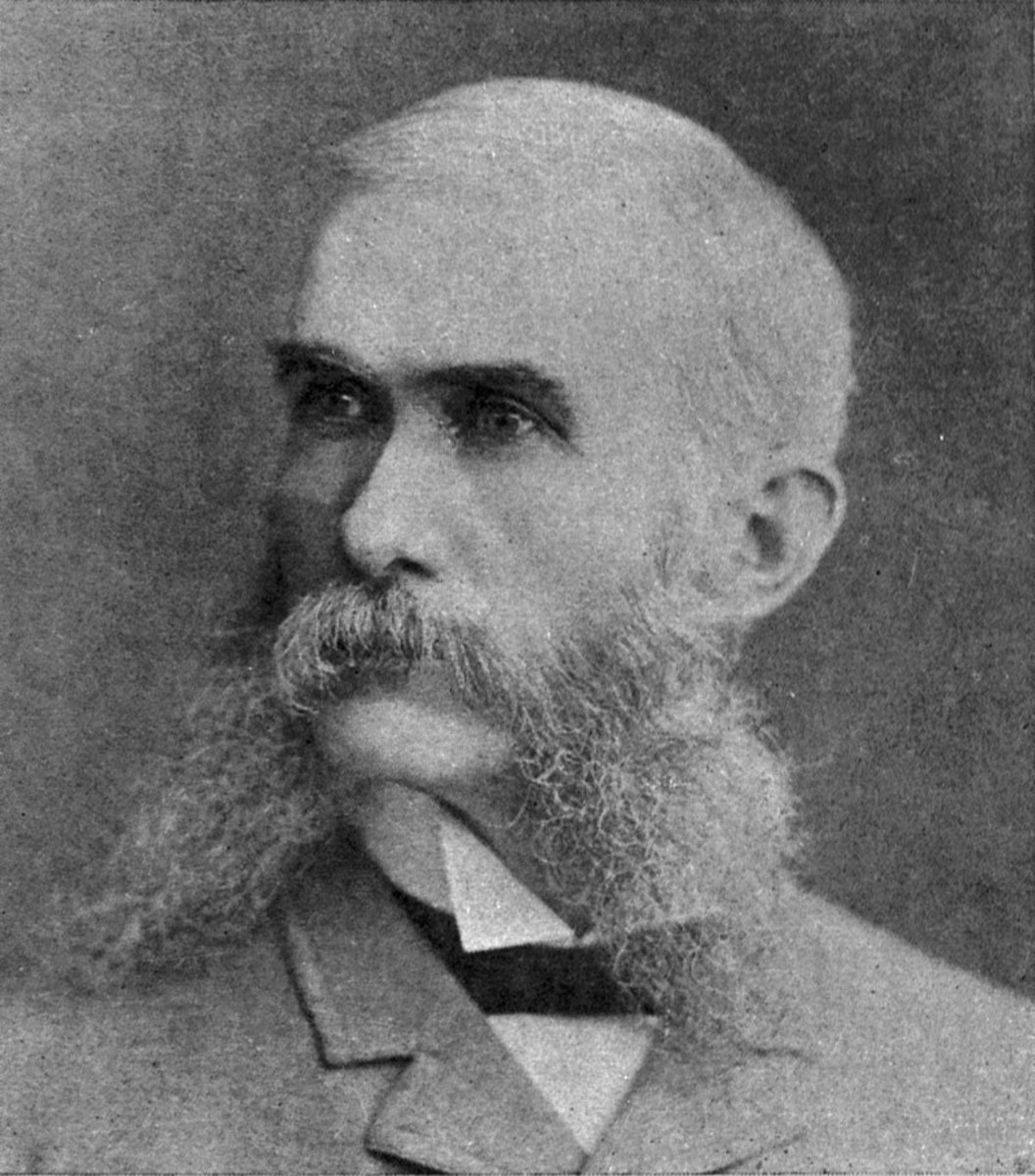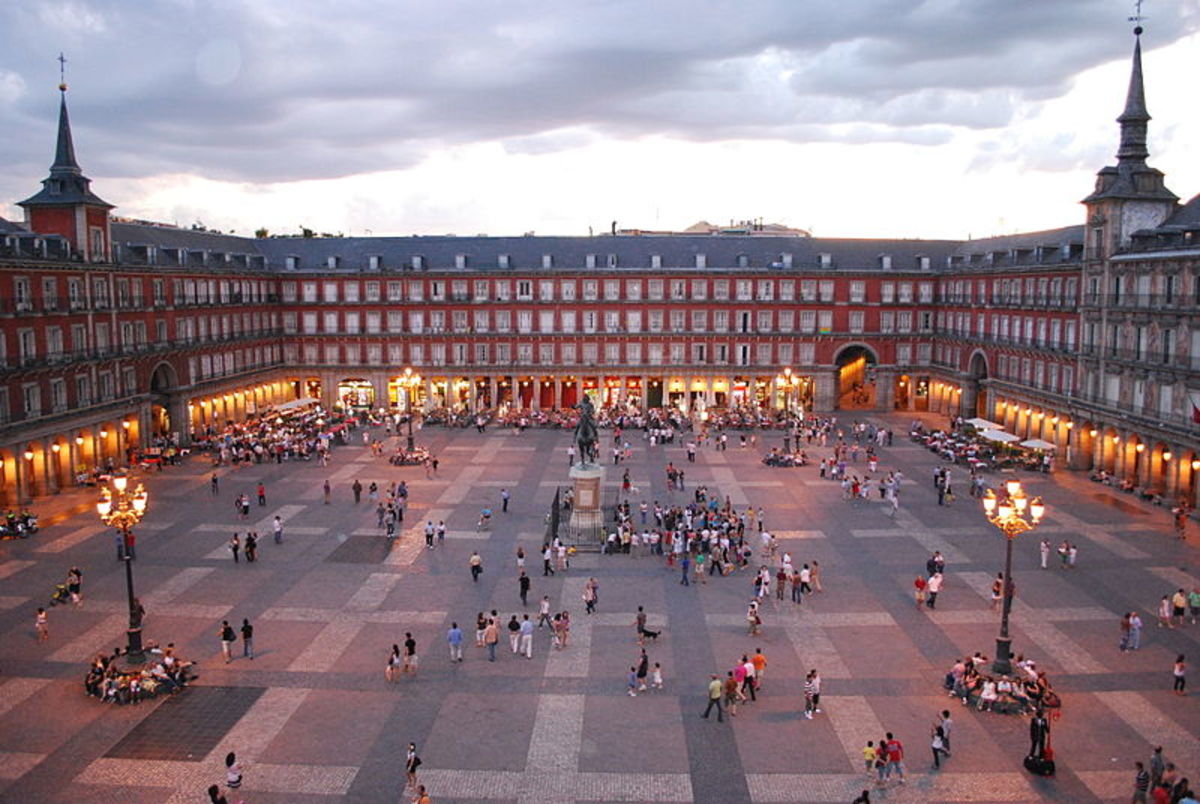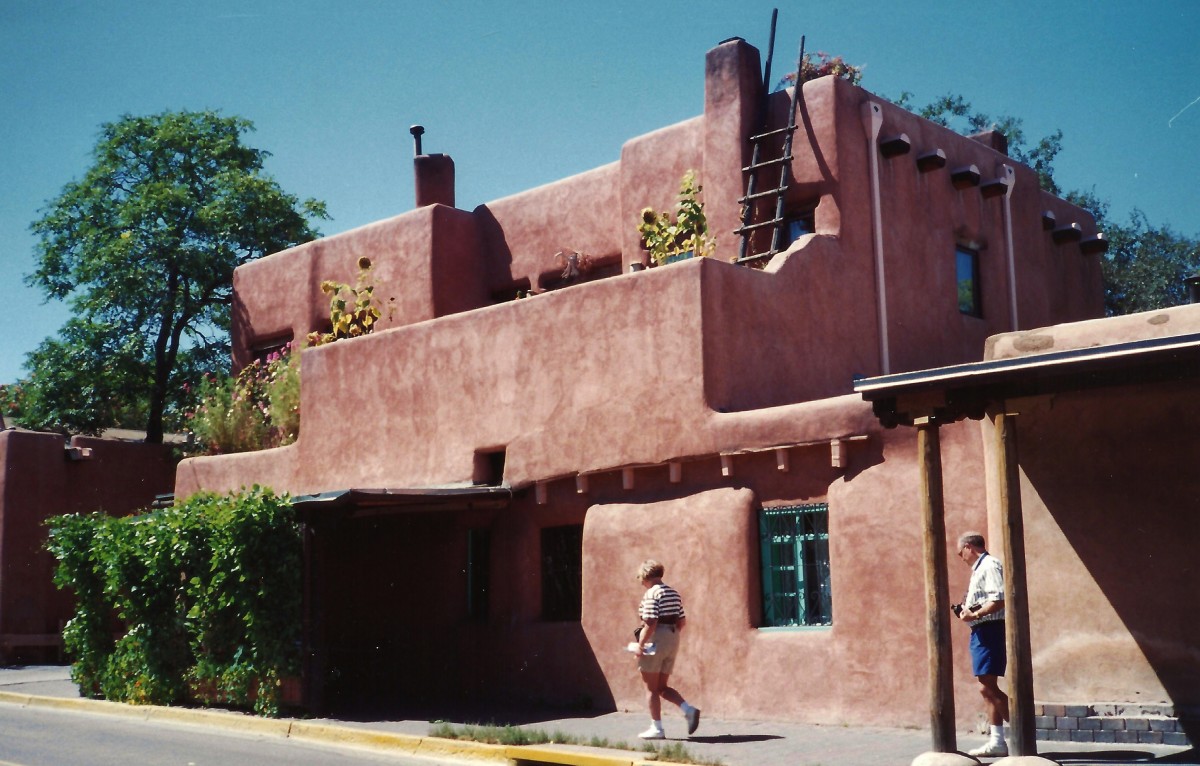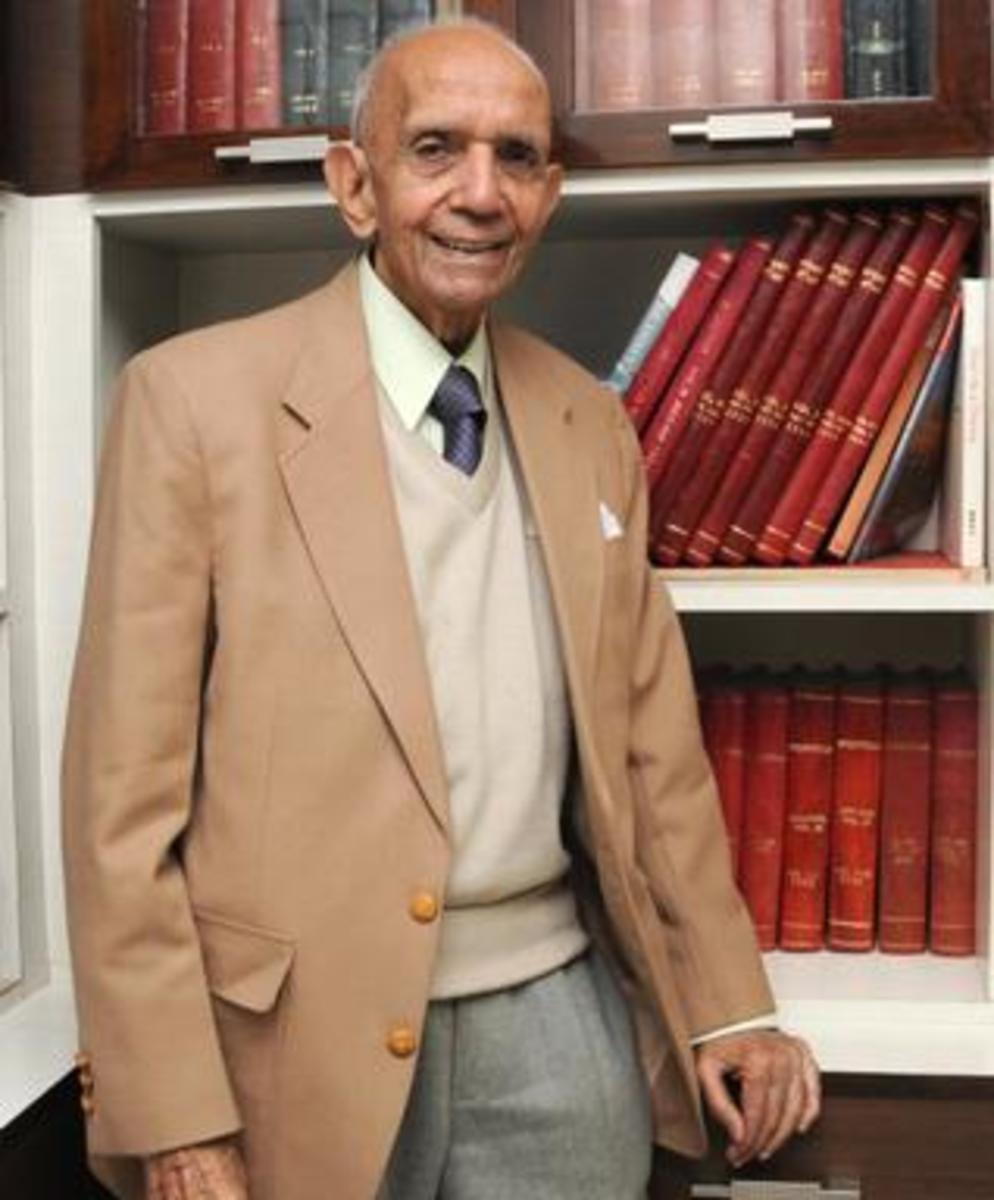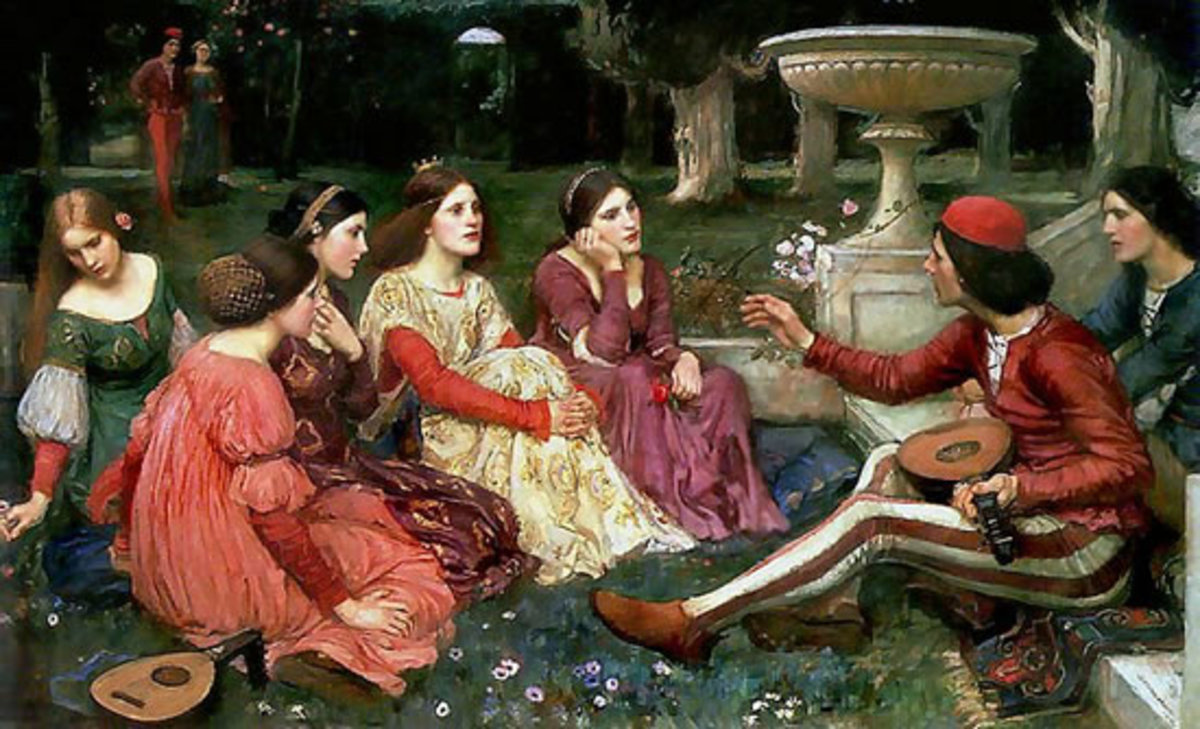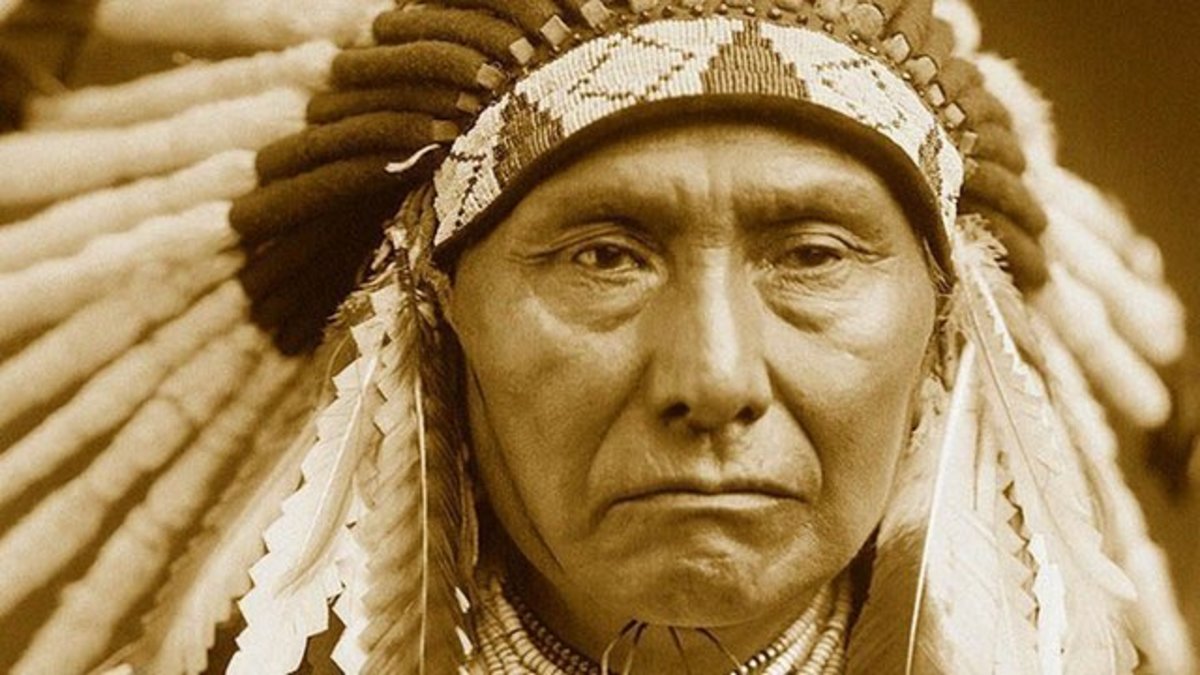Miguel de Cervantes Saavedra- author of Don Quijote de la Mancha. Who was he?
Miguel de Cervantes
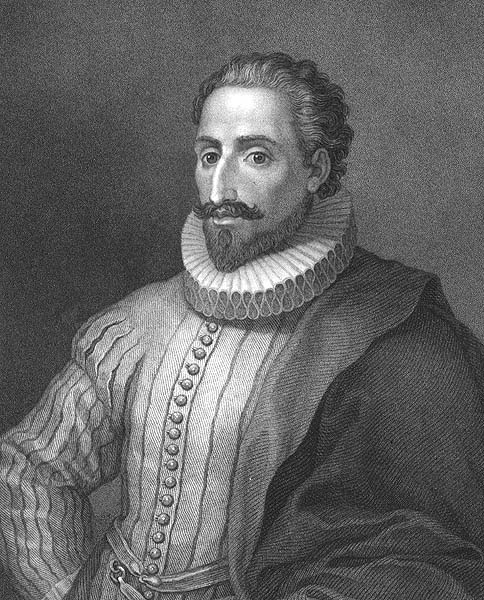
Spanish, the language of Cervantes
Miguel de Cervantes was born in 1547. The date of his death is documented as the night of the 22nd to 23rd of April, 1616. It is an incredible coincidence that the other great writer of all time; William Shakespeare also died on 23rd April, 1616!
Miguel de Cervantes de Saavedra is considered the greatest writer of all time in the Spanish language. In fact, Spanish is often referred to as the “lengua de Cervantes” or “the language of Cervantes” here in Spain and South America. He was a novelist, dramatist and poet, but he is mostly remembered as the author of “The Adventures of Don Quijote de la Mancha”.
Cervantes' early life between Madrid, Valladolid and Seville
What is the story of the book Don Quijote?
The adventures of the aging gentleman, or 'caballero', Don Quijote, who fancies himself as a fearless knight in shining armour, aiding damsels in distress, is world renowned. In this epic novel, one of the first of its kind, Miguel de Cervantes is actually satirising the literary genre very popular at the time, of adventures of gallant knights and beautiful damsels in distress! In the story, Don Quijote is depicted as an old gentleman, who has read far too many of these popular stories, and begins to imagine he himself is a knight in shining armour, although the truth is he is an aging old man in a fantasy world. In his "adventures" ,Don Quijote is accompanied by Sancho Panza, his sword bearer. The comedy in the story is fascinating for the time it was written. Don Quijote sees himself as a young, handsome and fearless knight, his horse is the mightiest steed in the land and his sword bearer is his trusty companion. In reality, as the reader knows, Don Quijote is aging, skinny, unattractive; his horse "Rocinante" is an old nag and his sword bearer, Sancho Panza is overweight and quite unable to be the swordbearer old Don Quijote sees him as.
Cervantes wrote the story as a satire of the genre that was becoming popular at the end of the seventeenth century. The style was portraying the romantic vision of nobles and knights and aristocracy of the time. Cervantes satirises this genre beautifully in his work, in his masterpiece, “Don Quijote de La Mancha”. The story takes place in the area of 'La Mancha', south-east of Madrid. The wit and humour in the work was unparalleled at the time of writing.
A life of misfortune
Yet what of Miguel de Cervantes himself?
You will be amazed to find that he led a fascinating life, often the victim of extreme misfortune and unhappiness, yet still able to create one of the best pieces of world literature.
Cervantes' Childhood
His father, Rodrigo Cervantes Saavedra, had been a nobleman of high standing who had fallen onto hard times and had turned to surgery as a way of supporting his family of seven children. Miguel was the fourth child of his marriage to Leonor de Cortinas. Leonor was from Barajas, a neighbourhood of Madrid. Miguel de Cervantes was born in Alcalá de Henares near Madrid. It seems the family moved from Alcalá de Henares to Valladolid, then to Madrid and afterwards to Seville. In some of his later writings, Cervantes complains that he was unable to have received a suitable education due to his parents’ financial difficulties.
House of Cervantes in Valladolid
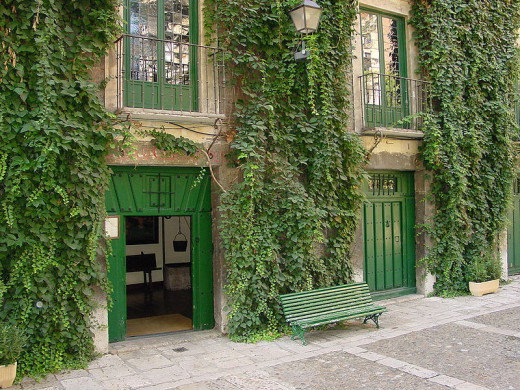
Battle of Lepanto: Cervantes lost his left arm
When he was twenty-one he left Spain and arrived in Italy to become a waiter for Cardenal Julio Aqcuaviva with whom he had made contact with in Spain. However, after two years he signed up with the infantry regiment under the orders of Marco Antonio Colonna. He fought in the famous Battle of Lepanto (Greece) against the Turks and it was here that he showed his amazing bravery. Apparently Cervantes had been taken ill with fever but had “refused to go down below deck saying he would rather die fighting for God and for his king , than for his health. He asked his captain to place him in the most dangerous part of the fight and that there he would stay there and die fighting.” (Antonio Paluzzie Borrell in “Don Quijote” Editorial Ramón Sopena, 1975). He was wounded in the chest and lost his left hand in the fight. He became known as the “one-armed Lepanto man” after this famous battle, which ended in victory.
A hero at the Battle of Lepanto (Greece) then captured and imprisoned in Orán, Argelia.
Location of Battle of Lepanto, 7th October, 1571
Taken Captive in Orán, Argelia
After recuperating from his wounds, and with one arm missing, he enlisted again and fought in Corfu, Sardinia, Naples and Sicily. However after five years of service he felt frustrated at not being rewarded for his service and decided to return to Spain, hoping for some recognition for his bravery. Unfortunately, his ship was captured by the corsair Dalí Mamí and he was taken captive to Argel in the north of Africa. He was kept captive for five years and, because of his distinguished appearance and letters of recommendation that he carried, he was tortured and treat even more badly. Mamí thought he had captured a valuable prisoner. His family slowly managed to collect the ransom money, three thousand two hundred and sixty seven “reales” (Spanish currency at the time) but to no avail as they were tricked by the corsairs and lost the ransom.
Finally rescued
During his captivity, Cervantes made several heroic attempts to escape but all were thwarted in some way or another. He learned to value freedom very much through this very tough experience and often referred to the concept of liberty in the voice of Don Quijote to Sancho in his novel.
The corsair Mamí, on his part, proceeded to sell Cervantes to the King of Argel, King Azán. In 1579 Cervantes managed to write to the Spanish king’s secretary describing his plight and was fortunately rescued by the monk Juan Gil for the price of five thousand pesetas…(twentyfour euros- a fortune in those days).
Marriage and financial hardship
Cervantes then returned to Spain in 1581 and then to Portugal. It was here that he met and fell in love with Ana Franca and had his only child, Isabel. He tried desperately to make a success of his military career but failed and in 1584, he eventually gave this up and tried o settle down in Esquivias, near Madrid. It is here he married Catalina de Palacios Salazar and began his writing.
However, Cervantes led a difficult life after this time. He travelled around a lot, writing, putting on plays in various towns and villages, got into many scrapes, was falsely accused of various minor crimes, and even managed to land in prison twice. It is generally considered he had an unlucky time which he did not deserve. It is said he led a miserable existence and suffered financial hardships.
Irony
Irony would have it that Cervantes would suffer extreme financial hardship and end his days in poverty yet, 500 years later, he is proudly features on banknotes and coins of the European Union.
Don Quijote Part One
No one exactly knows when he wrote the first part to “The Adventures of Don Quijote” but it appeared for the first time in 1605 and was an instant hit! During its first year, it had six editions and was translated into several main European languages.
However, only a few months after its publication, yet another incident caused him and his family to be unjustly incarcerated for a few days. One night while the family were all sleeping peacefully, they were awoken by a loud noise. There had been a fight outside in the street. Cervantes must have been a compassionate man and he did not hesitate to help the injured person. He helped carry the injured man to a neighbour’s house, but must have brought some of the man’s clothes into his own house. When the injured man died shortly after, the Cervantes family were blamed to some extent and ended up in prison! This just seemed to be kind of misfortune that followed the Cervantes around all his life.
Don Quijote Part Two
In 1613, Cervantes looked to more of a spiritual life and took the habit of the holy cloth entering into the Third Order of Saint Francis. In the following three years before his death, he published many more of his novels and stories and comedies. He also surprised his readers with the second part of “The adventures of Don Quijote”.
Cervantes died of a form of diabetes on 23rd April 1616, the same day as William Shakespeare.
Tributes to Cervantes
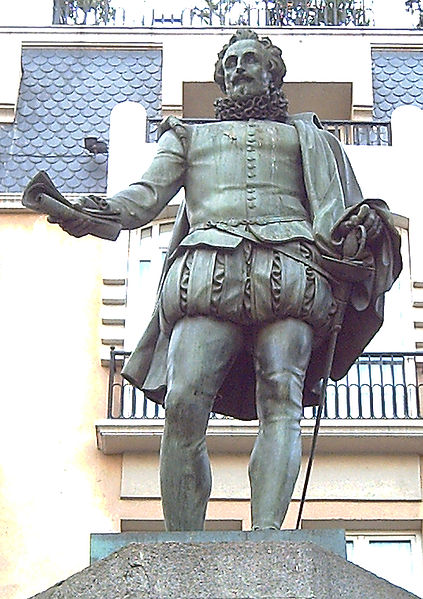
Cervantes' legacy remains in his "obra maestra"
Miguel de Cervantes was buried in a simple ceremony in the church of the Trinitarian Nuns in Madrid. The convent was reconstructed in the seventeenth century and all sign of Cervantes’ burial place has been lost, yet he has not been forgotten.
Read more articles on Spain
- Spanish Traditional Flamenco Dress
The origins of the stylish Spanish flamenco dress and how it has evolved over the decades and been able to inspire top fashion designers. I have included my own photos, a video and a map of Spain. - The origins of flamenco music and dance in Spain - T...
The origins of flamenco in Spain and the influence of the gypsy community. I have included many photos, a video of a flamenco singer, and a map of the migraton of gypsies through Europe. - Bullfighting; what do you think?
Bullfighting in Spain is a controversial issue. Some support it as part of Spanish tradition. Others declare it a clear violation of animal rights. VOTE FOR OR AGAINST BULLFIGHTING IN THE POLL BELOW. - Spanish classical guitar
Never too late to learn! Get started on learing how to play Spanish Classical guitar and delight your friends with your newly-acquired talent. - How to learn Spanish fast: Intensive courses
‘Immersion’ in language learning describes the process of ‘immersing’ oneself completely, or as much as possible, among native speakers of the language desired, for a relatively short time. For your brain this means it has not time to ‘slip back’ int


